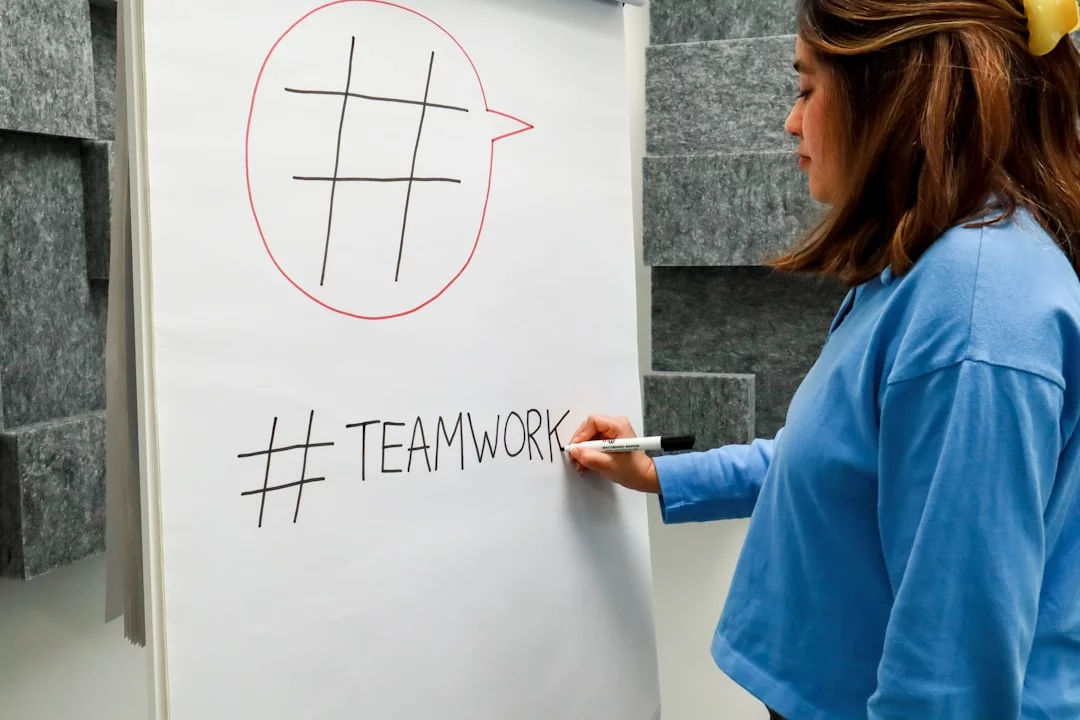Scrum Framework in Action: Boost Team Productivity
Discover the secret of many complex software projects. While requirements may change rapidly, teams using the Scrum framework can still deliver HQ products.
What exactly makes Scrum so successful?
- Collaboration
- Transparency
- Accountability
These principles form the basis for teams trying to experiment with breaking down larger workloads into smaller work amounts. It is working in sprints!
Scrum Framework - How Teams Maintain Their Focus and Get Things Done
What Is the Scrum Framework?
Consider the Scrum framework as an agile, lightweight methodology — a toolbox that a team picks and chooses from in relatively short cycles, aiming for frequent delivery. It is based on agile principles designed for situations where project requirements are not fixed but may change from one iteration or sprint to another. By utilizing this framework, cross-functional teams can self-organize while remaining responsive to evolving user needs, adapting quickly if priorities shift.
Scrum breaks work into short cycles called sprints that are usually two weeks long. Each sprint begins with a planning meeting where the team decides what they can do in that time. They choose tasks from a product backlog — a living list of jobs or features ranked by the product owner. Meanwhile, the development team organizes itself to finish the chosen work.
During the daily standups, teams convene briefly to share progress and raise issues, if any, while agreeing on priorities. A sprint review is held to present what has been completed, and a sprint retrospective is used to discuss what went well and what could be improved next time. Scrum is more than a set of procedures; it also instills an ethos of continuous learning, tight team bonds, and steady progress in sprints.
Scrum Framework Explanation of Roles, Ceremonies, and Artifacts
Roles, ceremonies, and artifacts work together to help teams collaborate effectively and stay in sync during the sprint cycle.
The Scrum Framework Roles
- Product Owner: Owns priorities and maintains the product backlog, representing customers to ensure the team delivers what’s needed. Protects the team from external interruptions and supports process improvement.
- Development Team: Works in sprints to add new capabilities to the product. Self-organizes day to day to meet sprint goals and deliver incrementally.
Scrum Framework Ceremonies
- Sprint Planning: The product owner presents backlog items; the team discusses them and commits to a realistic sprint plan with estimates.
- Daily Scrum: A focused 15-minute meeting where each member shares what they did, what they’ll do next, and impediments.
- Sprint Review: Stakeholders see the work near the end of the sprint and provide feedback.
- Sprint Retrospective: The team reflects on what went well, what didn’t, and how to improve in the next sprint.
Scrum Framework Artifacts
- Product Backlog: A prioritized list of user stories/features maintained by the product owner; large items (“epics”) are broken down over time.
- Sprint Backlog: The selected items from the product backlog that the team commits to deliver during the current sprint.
- Increment: The sum of all completed work since the last release — a potentially shippable piece of value that meets the team’s Definition of Done.
Benefits and Challenges of the Scrum Framework in Real-World Teams
Benefits of the Scrum Framework
- Flexibility: Teams can rapidly incorporate customer feedback or market changes into the next sprint.
- Improved Communication: Regular touchpoints keep everyone — product owners and developers — aligned on progress and issues.
- Early and Continuous Value: Stakeholders can review usable increments each sprint, guiding course corrections before issues grow.
Challenges of Scrum
- Discipline Required: Without commitment to the process, outcomes can suffer.
- Meeting Fatigue: Poorly run ceremonies can drain energy; good facilitation and clear goals are essential.
With proper training and leadership, the Scrum framework becomes a powerful tool for delivering in fast-moving environments.
FAQs - Scrum Framework Explained
1) What is the Scrum framework in simple terms?
It helps teams tackle large projects by breaking work into smaller chunks called sprints. Teams deliver, learn, and improve at the end of each cycle.
2) How long is a typical Scrum framework sprint?
Typically two weeks, though teams may choose shorter or longer durations. The goal is to deliver a working piece of the product by sprint’s end.
3) Who should be part of a Scrum framework team?
A cross-functional team with all skills needed to deliver a slice of the product.
4) Why do modern tech companies use Scrum?
To stay adaptable, meet customer needs efficiently, and deliver high-quality digital products in competitive markets.









